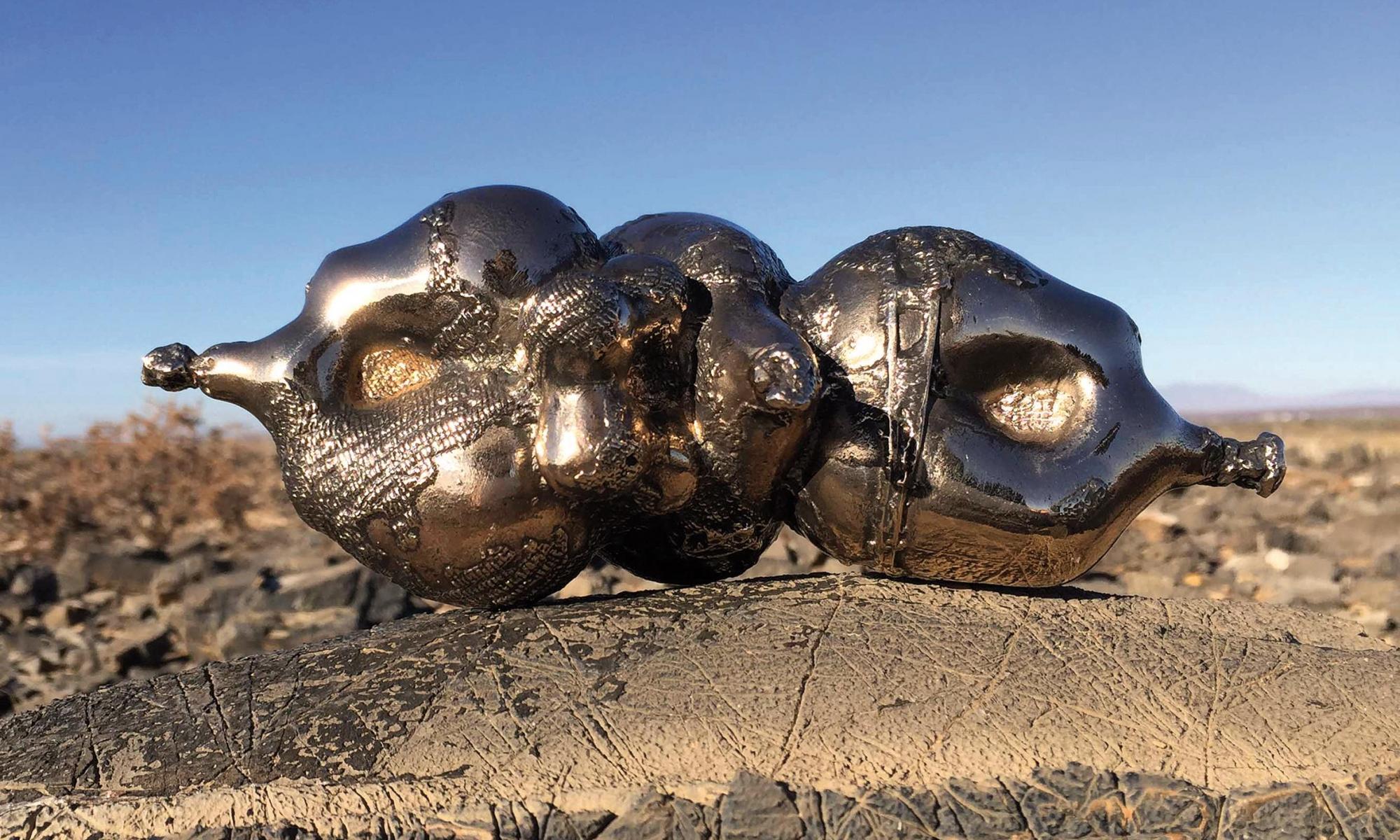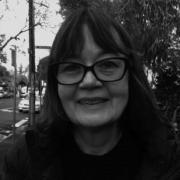Range of Normal
Intersex has become a topic in popular culture through TV series such as Jill Soloway’s award-winning Transparent and SBS’s Insight programme, a forum for ideas and ‘first person stories’ hosted by Jenny Brockie, as well as online discussions about intersectionality in feminism. Artists, too, have explored ideas about intersex. Intersex is a word given to bodies that don’t conform to standard definitions, or typical binary notions, of male and female. Since intersex is not a sexuality, the term ‘intersexual’ is not used. There are as many as 50 ways in which a body can be intersex, covering gonadal (hormonal), chromosomal or anatomical. Intersex can be identified at birth, because of ambiguous genitalia, or at puberty or even later. Surgery is often performed on intersex people to modify ambiguous genitalia in order to make a person's appearance more ‘normal’ and to reduce the likelihood of future problems. There is controversy about whether it is ethical, from a human rights perspective, to perform surgery on intersex children when they are too young to consent. Intersex artist/activists against non-consensual surgical intervention include Pidgeon Pagonis, an actor in ‘Transparent,’ and performance artist and photographer Del LaGrace Volcano. Del’s YouTube video, Intersex 101, features on the website of Organization Intersex International (OII), a global support network for intersex people. Intersex activists, along with opponents of conventional cosmetic plastic surgery (e.g. Orlan and Stelarc), also oppose the notion of ‘normalisation’ when it is used as a coercive, cultural/aesthetic imperative. Fabian Vogler and Ruth Hutchinson, whose work is illustrated in these pages, are not intersex activists, yet they explore the idea of intersex through sculpture, which itself has obvious affinities with surgery.
Image: Fabian Vogler, INTER*VENUS | 2, 2016, bronze 19.5 x 7.5 x 10.5 cm. Photographed in the Tankwa Karoo National Park in South Africa. Courtesy of the artist.


